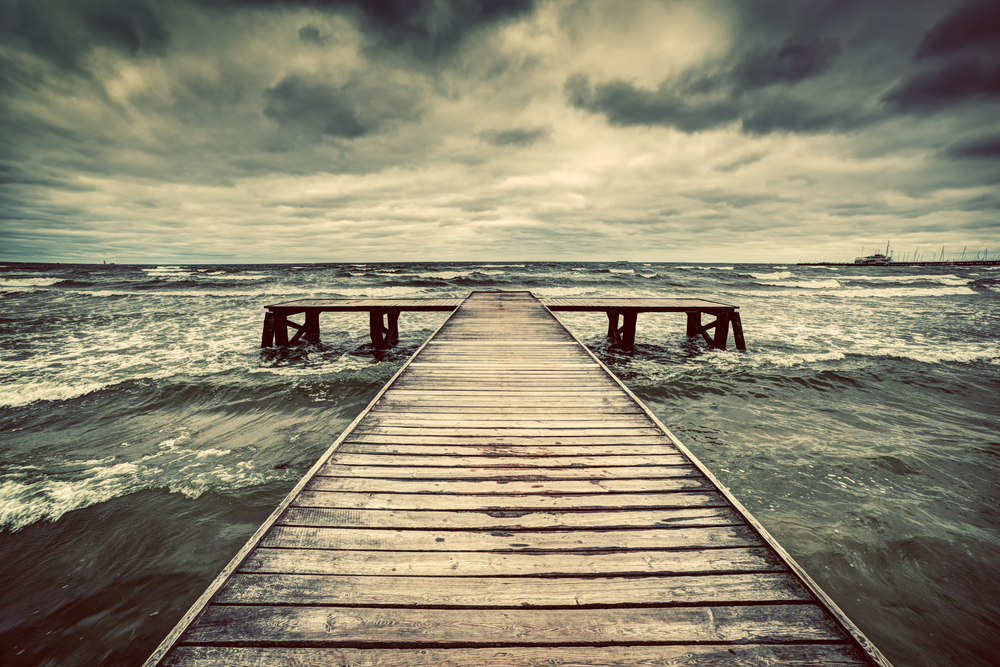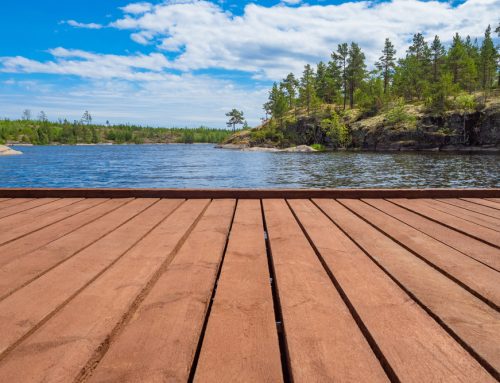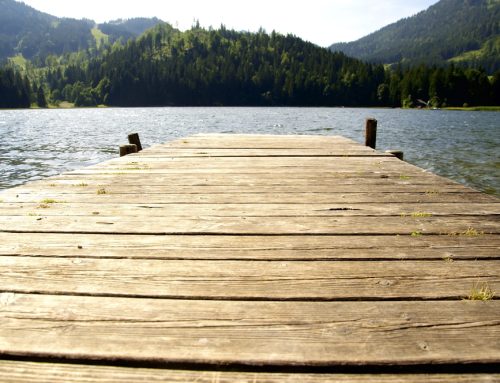As with your home, you need to protect your dock from incoming hurricanes. In Florida especially, hurricane season might last all the way to November, and unfortunately, there’s nothing you can do to stop them. You can, however, prevent your dock from being blown away and sustaining significant damage by doing a little preparation before a big storm hits.
Find out more about our dock repair company.
Is Your Dock Prepared for Hurricane Season in Florida?
Damage Checks: An Inspection
Do a quick check of your dock. You might be able to see some damage right away, but it’s best to get your dock inspected by a professional. A professional can help ensure that your dock is in good condition and won’t break apart—and therefore won’t come flying towards your house.
A contractor will come out to your home to take a look, checking for any cracks in concrete or splitting in wood. We’ll check that everything is completely secured and can withstand high-powered winds.
Your Seawall
If you have a dock, then you also have water near your home. While you’re inspecting the dock, inspect the seawall too. This is the wall that separates the water from your home, so it shouldn’t have any erosion or cracks in it.
A professional will be able to tell you if any possible damage you’re seeing is worth getting fixed.
Floating Docks
If you have a floating dock, you might already know that this type of dock is better able to handle storms. Those with taller pilings especially. If your dock has shorter pilings, do be sure to move the boat to higher ground somewhere to keep it safe.
Check the lines of your floating dock to see if they need to be let out during a storm. That’s because big storms will upset the water, leading to higher waves, a bigger surge, and more potential problems for your dock. Letting the lines out will ensure that there’s some flexibility in your dock so that it can better handle changes in water level.
Fixed Docks
For those of you with a fixed dock, you should make sure that you’ve removed your boat from the water before the storm hits. Your boat should be securely strapped down wherever you put it.
Beyond moving your boat, your best plan of action for a fixed dock is to have it inspected. Your inspector will let you know if it’s sturdy enough to remain in place during a storm and will help you secure it if it isn’t currently as sturdy as it needs to be.
Secure Your Boat
Take extra care to ensure that your boat is properly secured. The best option is to put it in storage where it’s protected from the storm.
If you can’t arrange for alternative storage for your boat, you’d first want to confirm that your boat is insured if you leave it on the lift during the storm. Then, ensure that it’s secured at the correct height on the lift. Raise the lift as high as possible so that it’s above the storm surge.
Secure the boat as high as possible and tie it tightly to the lift. Undo any boat plugs so that any water that gets into your boat can flow out freely. For added security, use some long ropes to tie your boat to anchor points. In the event that the storm surge does lift your boat off the lift, at least you’ll have the long ropes helping the boat remain close by.
After the Storm
You’ve done all you can to inspect your boat dock, but after your storm, it’s recommended to get your dock inspected again. Especially if you’re worried that there was damage, you can prepare it for the next storm to come.
Conclusion
Your dock can withstand a lot, but make sure to check it before a storm rolls in. Getting your dock inspected can reassure you that your dock won’t pose a danger to anyone or your own home in high winds. Just make sure to call a certified inspector like us to take a look, and we’ll help you get prepared.





